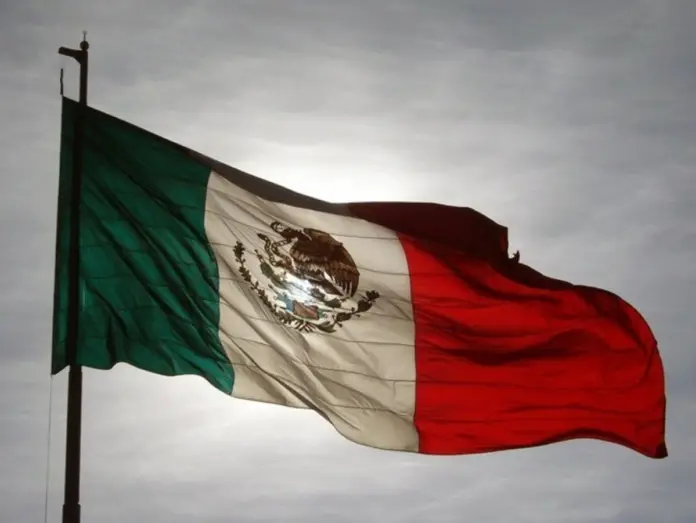The value of Mexican shipments grew 4.2% and reached $50 billion, allowing it to surpass India and Argentina, which was seriously affected by a drought and dropped out of the top 10.
Mexico rose from ninth position in 2022 to seventh in 2023 among the world’s largest food exporters, reaching $50 billion.
With that value, it displaced India and Argentina, according to data from the World Trade Organization (WTO). In 2021 and 2022, it remained in ninth place in the ranking.
Mexico exports a large amount of processed food products worldwide, taking advantage of free trade agreements, its broad and diversified agricultural production, international demand, and its availability of competitive labor.
Among these products, beer stands out in first place, with 5.82 billion dollars of exports in 2023, followed by tequila, liqueurs and other spirits (4.3 billion), baked goods (2.6 billion) and water, soft drinks and other non-alcoholic beverages, except juices (1.1 billion).
Mexico also sold prepared fruits and nuts abroad (820 million dollars), fruit juices (590 million) and food preparations (540 million).
On a global scale, the European Union was the leading exporter, with 741 billion dollars, followed by the United States (168 billion), Brazil (143 billion), China (83 billion) and Canada (72 billion).
The Food and Agriculture Organization of the United Nations (FAO) anticipates that the world’s population will begin to expand, albeit at a more moderate pace than in previous times, and predicts that by 2050 the population could reach approximately 9.7 billion individuals.
This population growth will require a significant increase in food production to meet emerging needs, with global food demand expected to increase by 50 to 70 percent by 2050 compared to current levels.
Next in line in the same ranking are Indonesia ($50 billion), Mexico ($50 billion), India ($48 billion), Australia ($43 billion) and Thailand ($42 billion).
Despite this stabilization, trade remains crucial to providing consumers around the world with adequate, safe and nutritious food, while generating income for stakeholders in the agricultural and food industries by efficiently distributing agricultural products globally, from surplus to deficit regions.
Deficiencies are growing
Reducing food loss and waste is an important tool to reduce global undernourishment. According to FAO, approximately 600 million people will face hunger by 2030.
Measures to reduce food loss and waste could significantly increase food intake worldwide as more food becomes available and prices fall, ensuring greater access to food for low-income populations.
FAO’s scenario analysis shows that halving food loss and waste could result in increased food intake for low-income (+10%), lower-middle-income (+6%) and upper-middle-income (+4%) countries, potentially reducing the number of people facing hunger worldwide in 2030 by 153 million (-26 percent).
This potential decline in global undernourishment parallels the remarkable improvements seen during the decade 2004-2014, when economic growth, political stability and targeted social protection policies in Asia and Latin America led to a 30 percent reduction in the number of undernourished people globally.

Source: eleconomista




